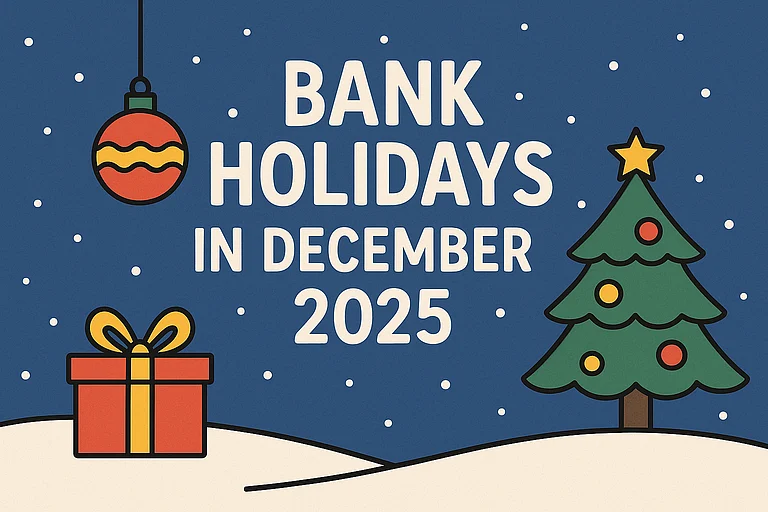The centre is evaluating mergers to consolidate public sector banks
Larger lenders may absorb smaller state run banks
Framework and approvals expected to take till FY27
PSU Bank Merger Plan May Combine Smaller Lenders With Large Banks
The Centre is considering a multi-year consolidation plan where smaller public sector banks will be merged with bigger lenders to create stronger banking entities
Discussions on a fresh round of consolidation of public sector banks have kicked off that could lead to the biggest structural change for the public sector banking system in five years. The government is looking at proposals for mergers of smaller lenders with some of the largest state-run banks.
The banks are the Indian Overseas Bank, Central Bank of India, Bank of India, and Bank of Maharashtra. The larger acquirers are the State Bank of India, Punjab National Bank, and Bank of Baroda, according to a report by Moneycontrol.
These combinations came from an internal discussion and no formal announcement has been made yet. According to the report, government sources said the plan is still at an early stage and may be revised as consultations progress.
Timeline May Extend Up To FY27
These discussions on the consolidation plan are very likely to spill over into FY27, in a period when the government will be preparing and finalising a detailed roadmap after considering financial, operational, and strategic considerations. Any merger proposal will have to go through internal deliberations within the key departments ahead of being advanced.
It is only after these discussions are completed that the plan will be taken up for formal examination at higher levels of decision making.
Rationale Behind New Round of Consolidation
The bigger aim is to have fewer but stronger public sector banks that will be in a better position to support the economic expansion and compete effectively in the evolving financial ecosystem. The aim is to create institutions with larger balance sheets, a higher lending capacity, and improved operational efficiency.
The larger scale would also reduce duplication of administrative functions, improve governance systems, and enhance banks’ capacity to manage large credit demand. It also takes into consideration the increased role of private banks and fintech companies, which have expanded their reach and base of customers in recent times.
This is also in line with the suggestions made in the past by NITI Aayog, which had said that the government should retain only a few large public sector banks and consider smaller ones for privatisation, restructuring, or merger. The new proposal fine-tunes the recommendations to suit the prevailing market conditions.
Approval and Review Process
The plan will also undergo a record of discussion at the Cabinet level before any major decision is taken. This will capture the key points, concerns, as well as alternative proposals. It will help develop a formalised summary of internal deliberations before a proposal is sent to the Prime Minister’s Office for further examination.
The successive steps will involve, among other things, detailed financial appraisals, operational reviews, inter-ministerial consultations, and finally approvals from the boards of the concerned banks. In addition, it will need approval from the Cabinet and a fit and proper review from the Reserve Bank of India (RBI).
What Comes Next
If the current proposals go further, the government will then work on building a clear roadmap for merging the shortlisted lenders. The final structure will depend upon financial health, branch presence, technology systems, and workforce requirements. Once the approvals are secured, implementation in phases would follow to ensure stability both for the customers as well as the employees.
